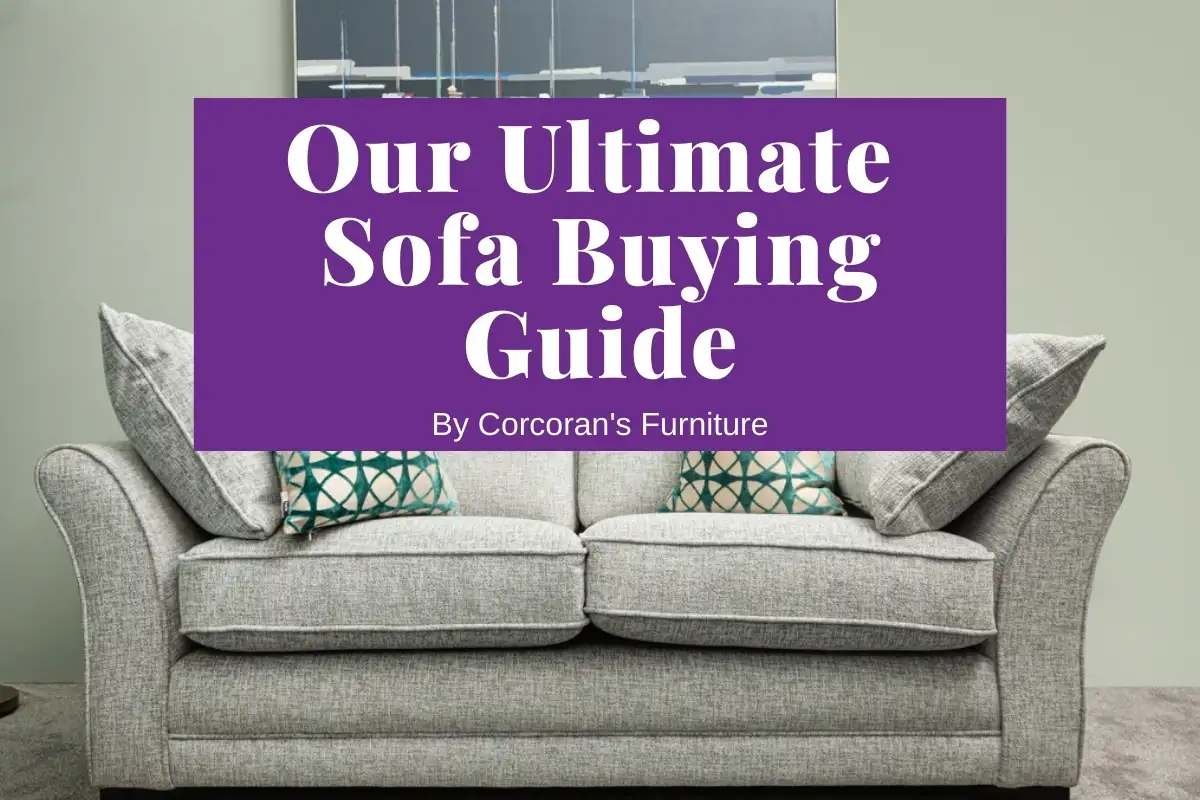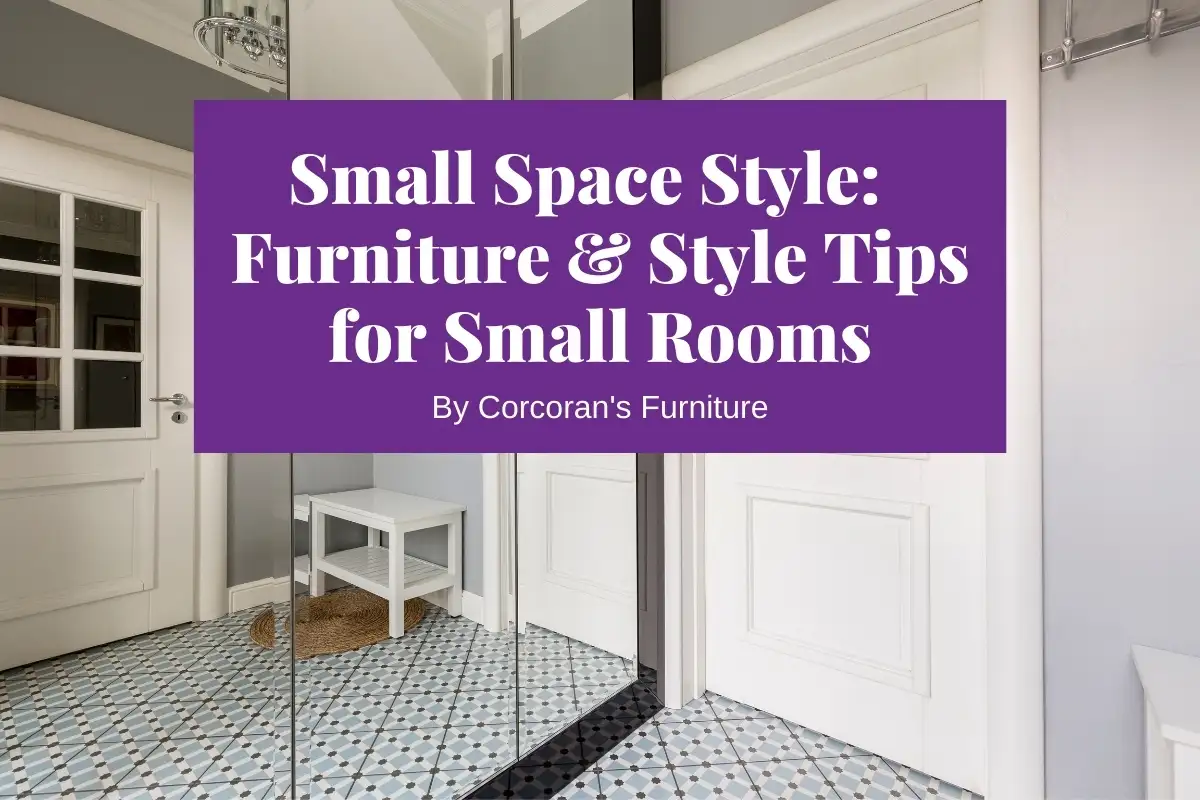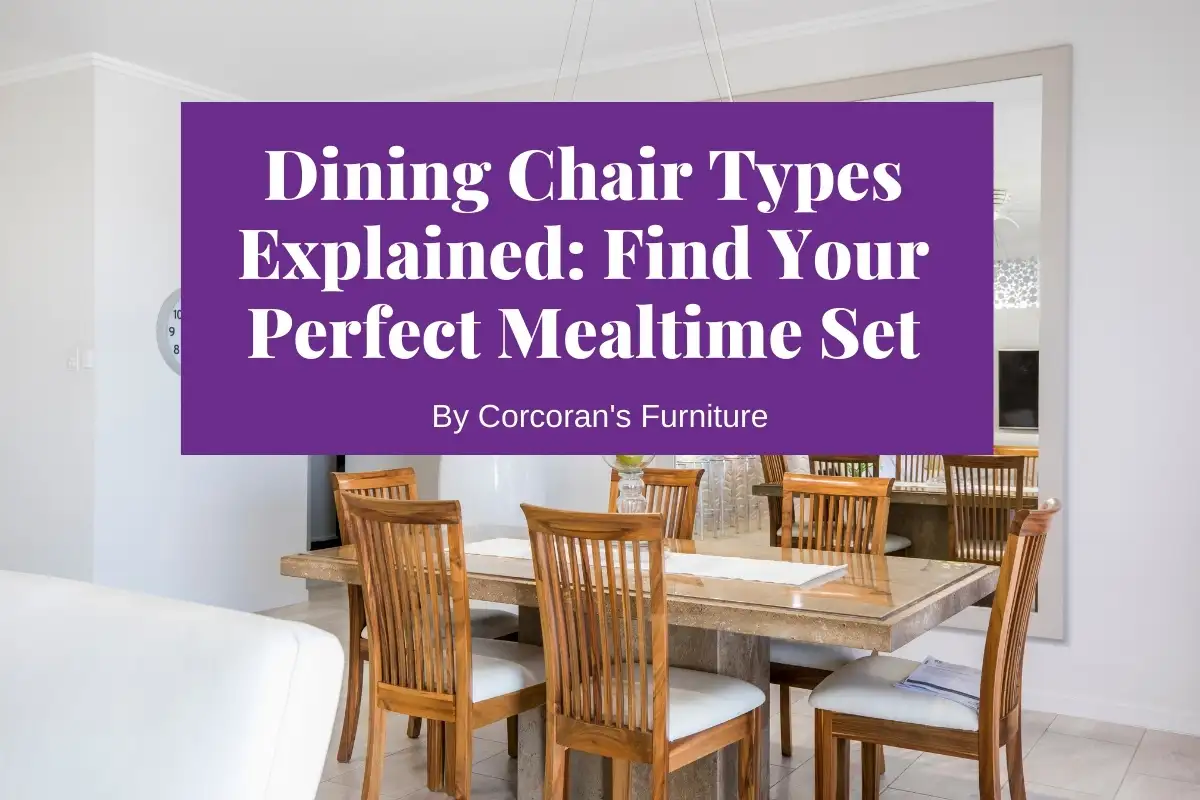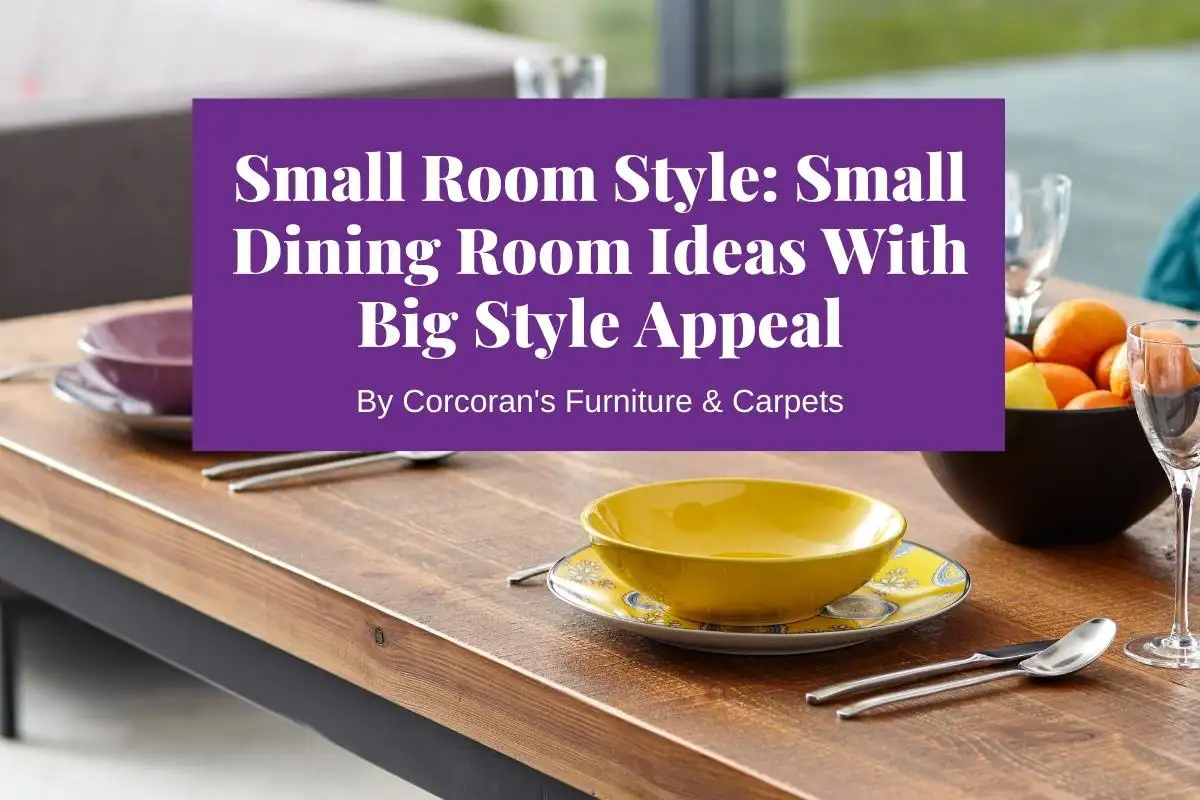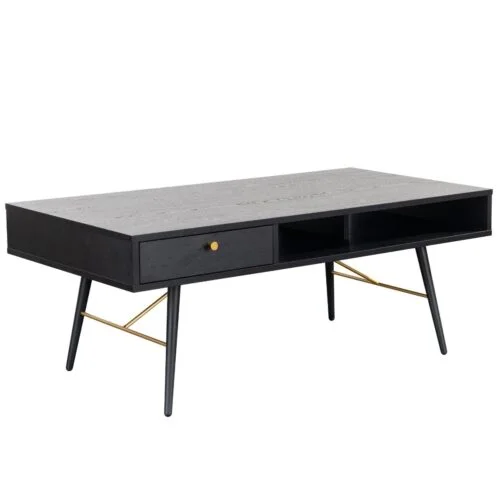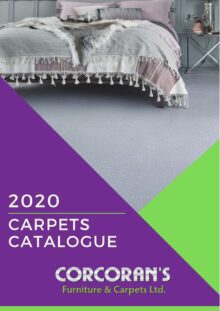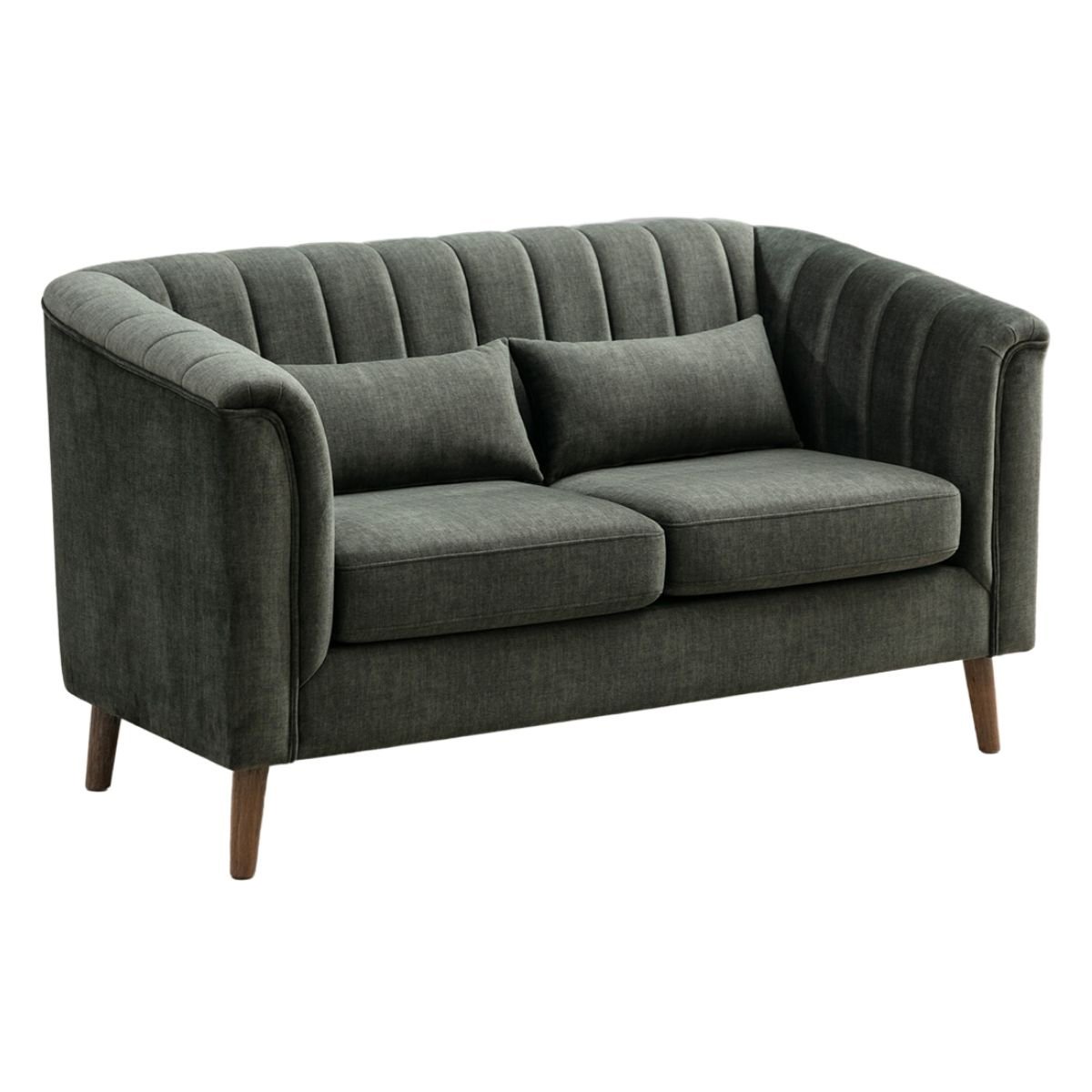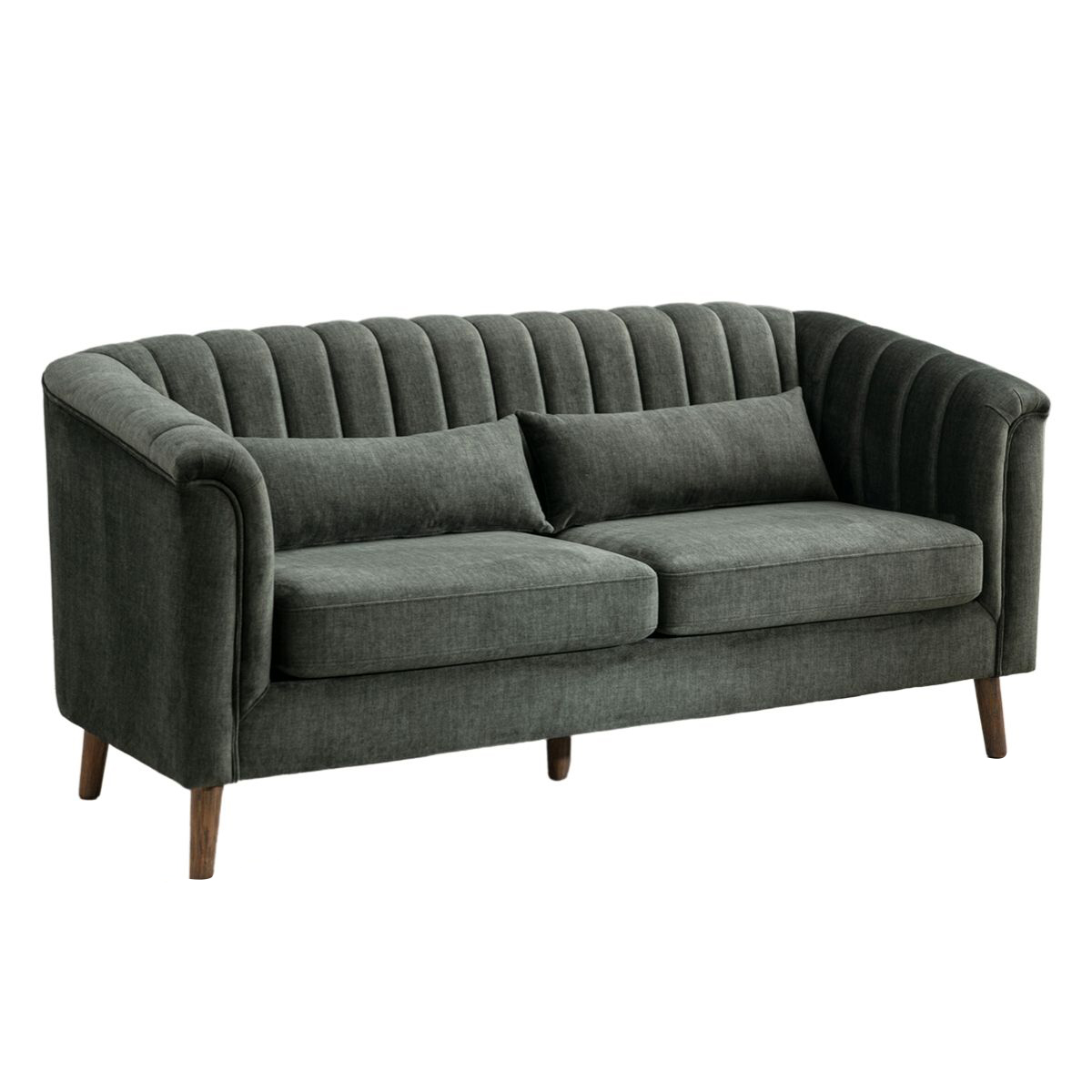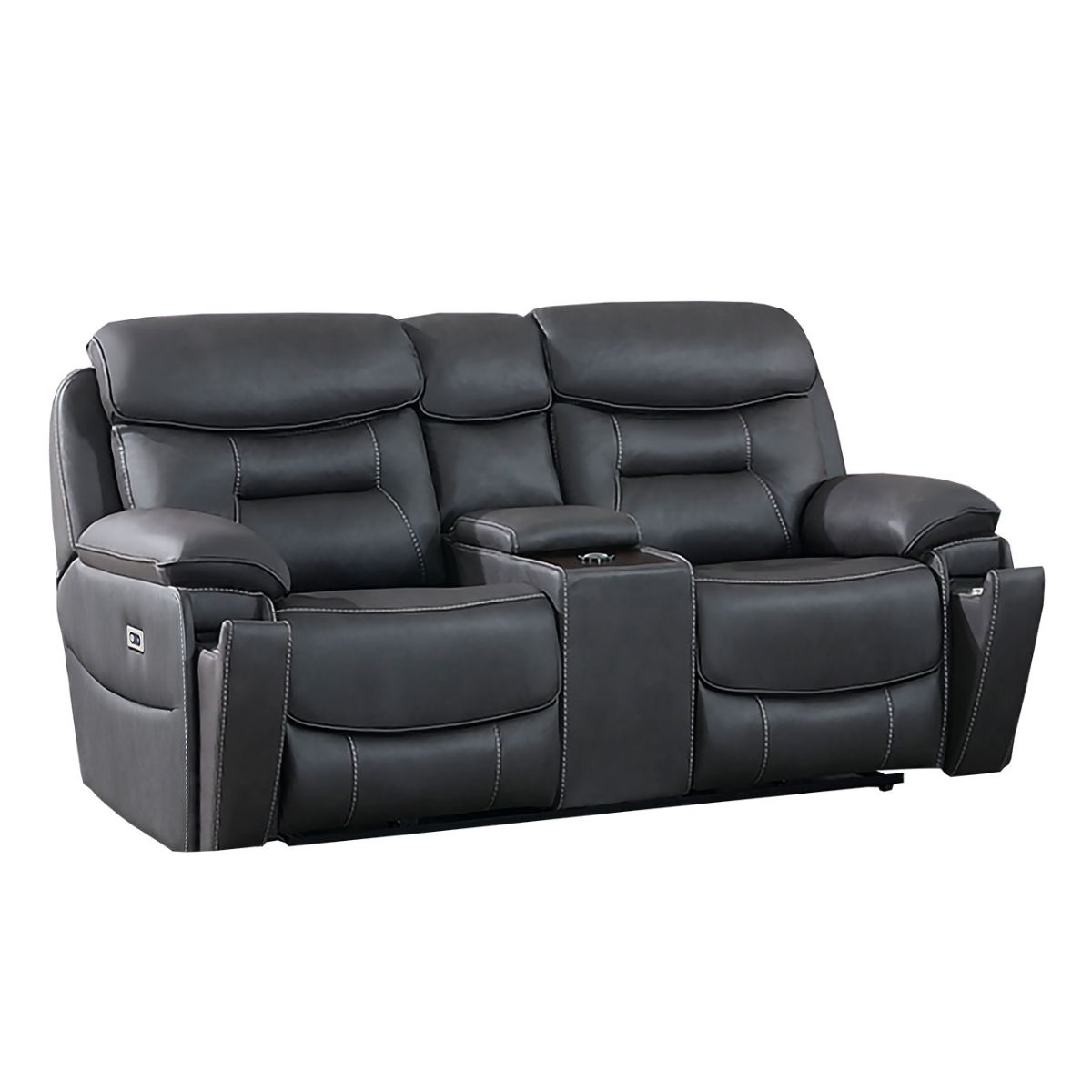Choosing the Right Foundation: Weighing the Pros and Cons of Metal versus Wood Sofa Frames
Your sofa will take centre stage in your room, and so it should; after all, you will spend many years sitting, lounging, chatting, socialising, and snoozing on it! You may have chosen a sofa for its style, colour, size, and shape, but have you ever thought about the importance of what is on the inside?
One of the most crucial things to factor in when purchasing your dream sofa is its foundation and construction. The foundation supports everything else, including the frame, seating, backrest, arms, springs, padding, and upholstery. And the quality and durability of the materials used on the internal frame of your sofa will affect its life span and comfort levels.
Two of the most common materials used for sofa frames are wood and metal. In this blog, we will discuss the pros and cons of both so that you can make an informed decision when selecting which will work best for your comfort and space.
Metal sofa frames
One of the advantages of choosing a metal sofa frame is that it is extremely durable and will therefore have a long lifespan. The most common metals used in furniture design are stainless steel, iron, and aluminium; however, these metals differ in quality and strength. For example, iron furniture is prone to corrosion if exposed to moisture and air, whereas galvanised steel furniture that has been treated and sealed will be resistant to humidity and erosion.
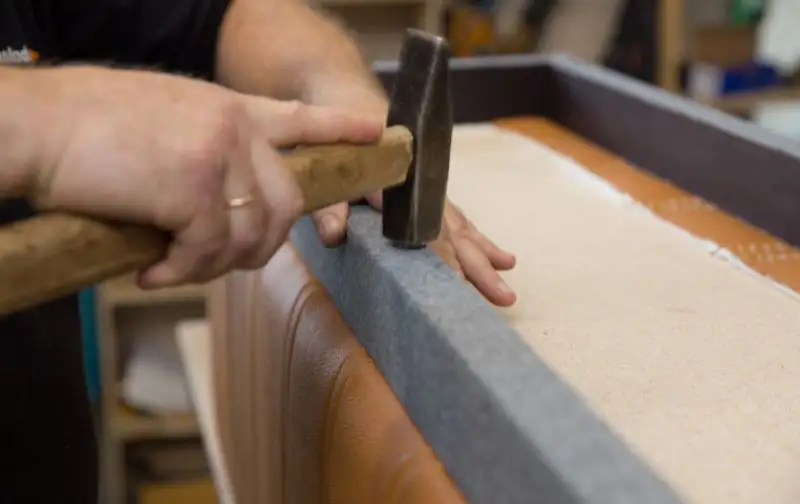
Pros of choosing a metal sofa frame
- Durability: Metal sofa frames are very sturdy and can withstand regular wear and tear as well as heavy use. They provide a long-lasting furniture option, and unlike wood, they are less likely to crack, warp, or split. Metal is also fire-resistant and is not susceptible to rot or mould.
- Low maintenance: Metal sofa frames are low maintenance and are very easy to clean and dust, which means that they will continue to look spick-and-span after years of use. Unlike wood, most metals don’t need to be treated or sealed.
- Resistant to pests: Metal is resistant to pests such as ants and woodworm, and as metal is smooth, it is less likely to retain moisture or develop cracks and crevices for pests to thrive. It is therefore a great option for those who may be concerned about infestation.
- Modern aesthetic: Metal frames are often used in contemporary sofas and furnishings, and their sleek and minimalist aesthetic makes them a great choice for those who prefer a more streamlined, paired-back look.
Cons of choosing a metal sofa frame
- Design options: A metal frame may not be the right choice for you if you are leaning towards a more traditional style, as a minimalist frame may be too contemporary for some types of décor.
- Cold effect: As metal can be cold to touch, it may be less appealing than the warmth of a wooden frame. A metal sofa frame can be a great choice for those living in warmer climates, but it may not be as appealing for those who live in colder parts of the world.
- Heavy: Metal frames can sometimes be heavier than wood, which can be a deterrent for those who like to change up the layout of their furniture.
- Cost: Sofas with a metal frame are typically more expensive than those with wooden frames. However, they last a long time, so you will get your return on investment via the lifespan of the sofa.
Wooden sofa frames
Wooden sofa frames are an attractive alternative to metal sofa frames for those who prefer a classical or traditional look. Some of the most common hardwoods used in the making of wooden sofa frames include oak, maple, birch, walnut, and bamboo. In general, kiln-dried hardwood is considered the most suitable for furniture, as kiln-drying removes 70-80% of the moisture, which helps to make it more resistant to warping.

Pros of choosing a wooden sofa frame
- Warmth and natural appeal: Wooden sofa frames work great in homes in colder climates or for those looking to create a warm and cosy atmosphere. They are suitable for both traditional and contemporary homes.
- Versatility: Wooden sofa frames are extremely versatile, as they can be stained and painted to match a variety of colour palettes and design styles.
- Eco- Friendly: As wood is a renewable and recyclable natural resource, wooden sofa frames are also a popular choice with those looking for an eco-friendly option, and many wooden frames are made from ethically sustainable wood harvested from forests.
- Repairability: Wooden sofa frames are a lot easier to repair than metal ones. Dents and scratches can be repaired by sanding and finishing, and larger broken sections can be easily mended by a skilled craftsperson.
Cons of choosing a wooden sofa frame
- Materials: The type of wood used in the frame will influence the lifespan of your sofa. For example, cheaper and softer woods are more susceptible to warping and splintering, making them less durable than a metal sofa frame. Wooden frames constructed with mortise-and-tenon joinery, where adjoining pieces connect at a 90-degree angle, and traditional carpentry are more durable than those that are held together with glue and nails; however, they will be more costly.
- Susceptibility to pests: Wooden frames can be susceptible to pests such as termites, ants, and woodworm. This will lead to damage and can reduce the lifespan of the sofa frame.
- Maintenance: In general, a wooden sofa frame will be more high-maintenance than a metal one, as it may need to be sealed and stained to protect it against regular wear and tear and moisture.
- Potential for warping or splitting: As temperatures fluctuate, wood can be vulnerable to warping and chipping. This is particularly true in warmer climates with a lot of humidity and moisture.
- Cost: High-quality wood such as mahogany, teak, or oak can be very costly.
- Flexibility: Unlike steel, wood cannot be bent into extravagant shapes. However, a skilled carpenter can carve ornate designs into the wood, but this will depend on the cost.
Key factors to consider when choosing a sofa frame
There are several factors to consider when choosing between a metal or wooden sofa frame, such as the origins of the materials, the longevity of the structure, and, of course, the aesthetics of the frame itself.

Here are some key things to bear in mind when choosing the ideal sofa frame for your space:
- Budget: Consider your budget prior to choosing which sofa frame you want for your home. Go for the highest-quality version you can find within your budget, as this will last longer and will save you money in the long run. If you are constrained by a budget, choose a steel framed furniture piece, as this will be more durable.
- Maintenance: Steel is low maintenance, so consider this the best option if you do not have the time to maintain your furniture. Wood requires frequent polishing and potential pests, and temperature fluctuations can potentially damage wood.
- Visual appeal: Consider the aesthetics of a wooden sofa frame versus a metal sofa frame prior to selecting one that suits your space and décor style best. If you love a minimal look, then metal is a great option, but if you want a natural, laid-back look, then a wooden frame will work best.
- Comfort: The way a frame is constructed will influence the comfort factor. Metal frames can be more rigid, while wooden frames can sometimes provide a more comfortable seating experience.
- Weight: The weight of the sofa will depend on the materials used. Heavier materials like hardwood or wrought iron will offer more stability for your sofa.
- Cost: Both wooden and metal frames can vary in cost. In general, the higher the quality of materials used in the frame construction of the sofa, the more expensive it will be. Metal frames are generally more affordable, but high-quality metals can be expensive. The same goes for hardwood frames.
- Environment: Metal frames can have a higher carbon footprint than renewable wooden frames. However, there are recyclable aluminium options available.
- Allergies: Metal frames don’t harbour dust and mould like wooden frames, so they are a better option for those susceptible to allergies.
- Assembly: Metal frames can be easier to assemble than wooden ones. However, the stronger the joints, the better the longevity of the sofa.
- Customised options: Wooden sofas provide more options when it comes to customisation. For example, wooden sofa frames can be painted and modified over the years to suit the décor of your space.
- Durability: Both wooden and metal frames are durable, but it will depend on the quality and type of wood or metal that they are made from.
The type of sofa frame you choose is ultimately down to your personal preference, lifestyle, budget, and taste. Whether you choose a minimal metal sofa frame or a more classical wooden frame, it is important to weigh up all the pros and cons before making your final decision on what sofa to buy.
A sofa is one of the largest furniture investments you will make for your home, so selecting the right foundation for your sofa is key. Once you have made the right choice for your space, you will be secure in the knowledge that your dream sofa will provide you with endless days of quality leisure and lounging.
Eager to find the sofa that will provide you with countless moments of relaxation and enjoyment? We encourage you to browse our wide-ranging collection of sofas, each crafted with quality and comfort in mind. Don’t delay in making this key investment in your home. Start your search for the perfect sofa now.
- Sale!

Aidan Patchwork Pull Out Couch
Number of variations: 2Original price was: €799.00.€689.00Current price is: €689.00. - Sale!

Bianca 2 Seater Sofa
Number of variations: 1Original price was: €699.00.€489.00Current price is: €489.00. - Sale!

Gordon 2 Seater Modern Leather Sofa
Number of variations: 2Original price was: €599.00.€419.00Current price is: €419.00. - Sale!

Polly Charcoal 2 Seater Recliner Sofa
Original price was: €859.00.€649.00Current price is: €649.00. - Sale!

Madeline 2 Seater Tuxedo Sofa
Number of variations: 3Original price was: €759.00.€599.00Current price is: €599.00. - Sale!

Gordon Faux Leather 3 Seater Sofa
Number of variations: 2Original price was: €749.00.€549.00Current price is: €549.00. - Sale!

Madeline 3 Seater Tuxedo Sofa
Number of variations: 3Original price was: €999.00.€749.00Current price is: €749.00. - Sale!

Boxgrove Grey 2 Seater Electric Recliner Sofa
Original price was: €1,599.00.€1,249.00Current price is: €1,249.00.
Nicola O'Sullivan holds the position of PR Manager and Interior Design Writer at Corcoran's Furniture, where she applies her sharp eye for interior design. She is in the process of earning a diploma from the globally recognised Interior Design Institute, further enhancing her expertise in the field.
